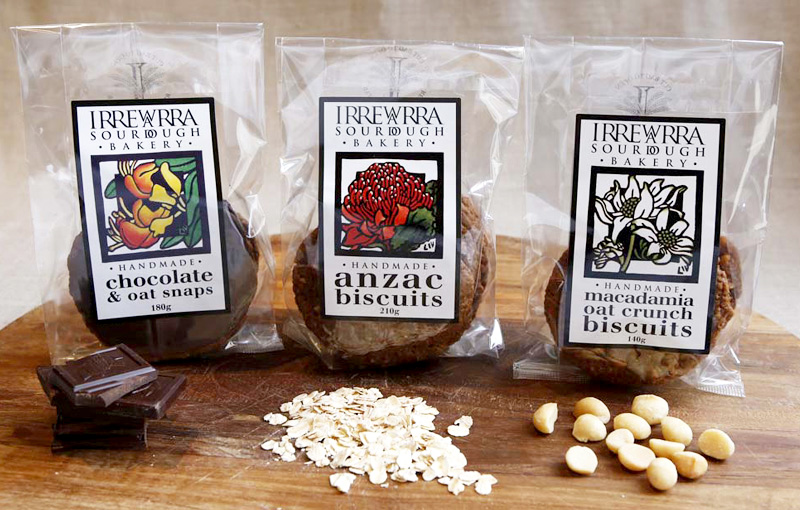Art, Product Lines, Licensing & Image Use
A brief discussion:
Artists make artworks which can be used for a variety of purposes. These may include things like: being hung on walls in a gallery for people to view or in places like a person’s home, to adorn a person’s living or workplace, they can be given as gifts, sold or reproduced in a commercial form as either a product or even branding. Art can be used to enhance people’s lives in many ways but it can also be used by companies or organisations to enhance their products or branding for their services. Think of all the places & products you see around you & whether an image, logo or artwork is used to make it appeal more to a buyer or help a business or use an organisation.
Increasingly artists need to be able to make a living especially as many of the physical art galleries have closed so that traditional model of an artist exhibiting with a gallery or series of galleries has declined. Artists now have online galleries of their own making on platforms such as Instagram.
The downside of having work online means that artists online images of their work can be taken by anyone & then used for a commercial venture. Artists need to be vigilant and make it clear that this is unacceptable. So why shouldn’t artists take the opportunity to become designers & produce their own lines of products or license their work for others to use in order to make a living?
Teaching resource idea: look around you in your home, in your town or suburb or on the internet. Choose 5 different products or brands that appeal to you because of the artwork or logo used. Think:
Why do you like the artwork logo? Is it the colours, shapes, image that draws you to that product?
Take the elements design – line, colour, shape, pattern, direction, value, texture along with the principles of design – balance, gradation, repetition, harmony, dominance, unity, harmony. How has the artist/designer used these things to create the design & what stands out as the most striking thing about that design.
How does the design reflect something about the product or service?
Some Artists like the UK’s William Morris & the Arts & Crafts Movement along with Australian artists like Margaret Preston saw great value in using their artwork on products & to take their art to the masses to both enhance people’s daily lives. Do a short study of these two artists or other artists that have used their work in commercial ways. These days many artists work is used on a variety of products eg tea towels & it is inconceivable that the artists (eg Vincent Van Gogh) could ever have envisioned their artwork beig used in this way. Think: do you think artists from the past would like their art being used on products like tea towels, should artists just embrace using their work for product lines etc? How to artists maintain the value of their work yet still be able to make a living to continue to make art?
How does the artwork on the products or services you have chosen help you think about buying that product or using that service? Why were you drawn to that product by the artwork or logo? Are there any products that you know of that the brandigng makes you think you would not use that product? Why? (see the above previous analysis points).
These are just a few questions & ideas that students could use to explore the idea of art vs product line. You can use these as a starting point to explore these issues. They are some of the things/ideas I have have explored as an artist whose work is on products & been used for services/charities.
Following is the form for inquiries to use my artwork for products & services:
Image Use Inquiries – Lynette welcomes all inquiries – please use the form below.
All inquiries seeking permission for the use of Lynette’s artwork are most welcome. Lynette’s work is at times available under license for projects – there is a fee for licensing and image use. Please use the form below. Lynette has supported some charity organisations by allowing them permission to use her artwork for special projects or educational purposes, but you do need to seek and gain permission.
Please be aware if you use my images/artwork without permission you will be required to pay a licensing fee.
It is always better to ask than take.
Due to the increase in requests by businesses to use Lynette’s images in their ventures for free or for exposure, there is a need to state that if you are a commercial venture please be aware that there is a fee for the use of her artwork.
Requesting Permission
Disclosure is required, if applicable, of any affiliations to any other organisations the requesting person may have. Lynette’s artwork should not be used to promote organisations that have or have had, links to other organisations with a social/political agenda whose views Lynette does not support. Any use of my artwork by an organisation or individual without Lynette’s permission or undisclosed to her should not be seen as supportive of them, nor of any or all views expressed within that organisation.


